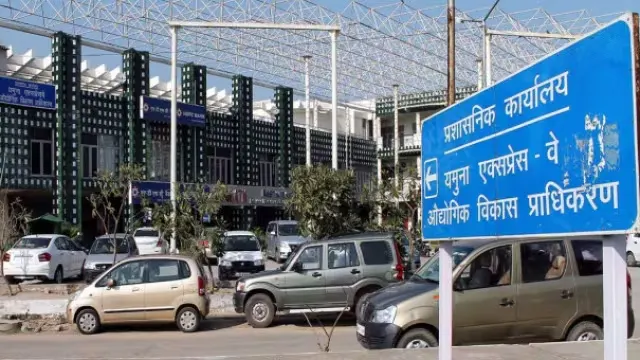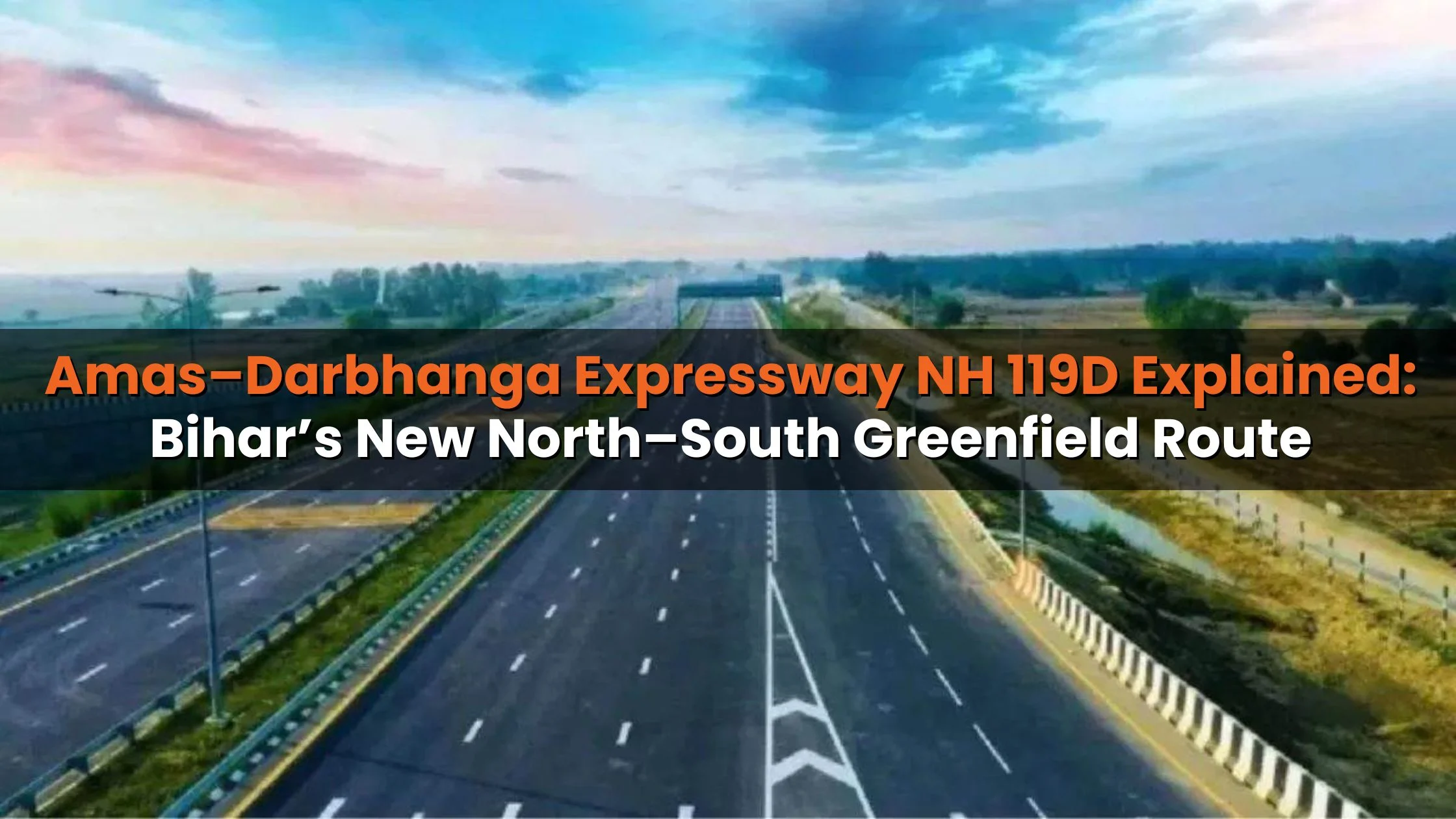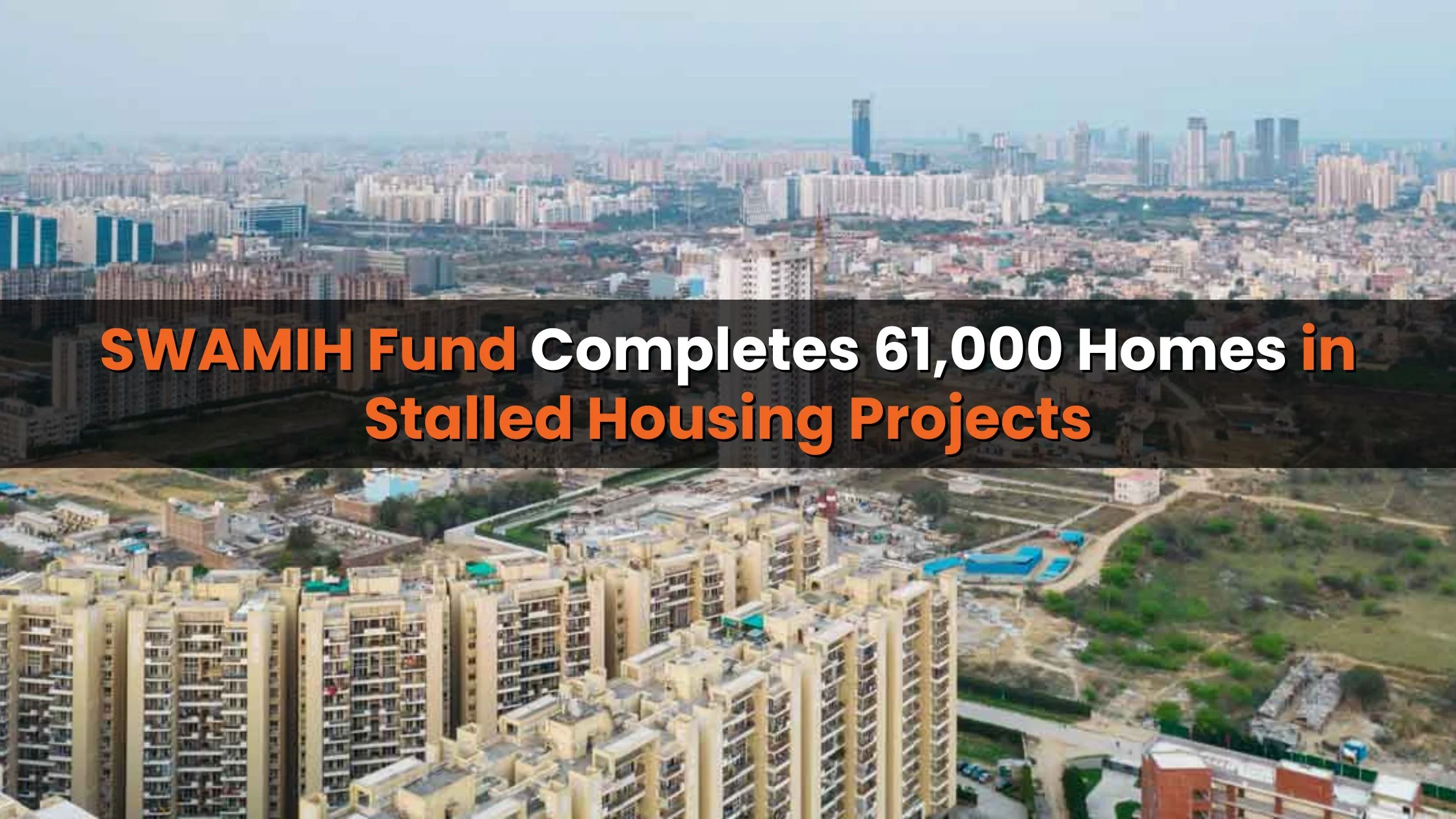Table of Content
- The Background: Why Registries Were Stuck
- Yeida’s Action Plan: Clearing Decade-Long Disputes
- Road Network Bottlenecks: A Key Challenge
- Impact of Registry Delays on Industries
- Boosting Industrial Growth in Yamuna City
- The Larger Picture: Noida International Airport as a Catalyst
- What This Means for Plot Buyers and Investors
- Conclusion
For more than a decade, hundreds of industrial and institutional plot buyers along the Yamuna Expressway have waited anxiously to secure legal possession of their land. The long delay, caused by farmer disputes and litigation, has left close to 800 plots stuck without registries since 2013. Now, in a significant development, the Yamuna Expressway Industrial Development Authority (YEIDA) has announced a decisive plan to resolve the bottlenecks and move ahead with long-pending registries. The much-anticipated initiative, Yeida to clear land rows is expected to boost industrial activity and bring long-awaited relief to affected allottees.
The Background: Why Registries Were Stuck
The registry delays stem largely from unresolved disputes between Yeida and farmers whose land was acquired for development. Officials explained that checklists, or formal possession letters, could not be issued because plots were tied up in litigation. These documents are critical for allottees, as they allow legal possession and construction to begin.
Without them, plot buyers have been left in limbo for years. Across 12 industrial sectors namely 8, 8D, 9, 10, 11, 13, 22, 24, 28, 29, 32, and 33 construction of 37 roads came to a halt due to 590 “hurdle spots.” The deadlock not only stalled infrastructure development but also eroded investor confidence in the region.
Also Read: F&B Sector Powers Retail Leasing in India with 4 Mn Sq Ft, 6 Mn Sq Ft by 2028
Yeida’s Action Plan: Clearing Decade-Long Disputes
Determined to address the long-pending issue, the authority has now moved forward with a structured plan. At its core is the decision for Yeida to clear land rows by purchasing land directly from farmers at prevailing market rates. This approach is expected to ease resistance and speed up resolution.
Out of 590 dispute points, nearly 150 have already been resolved, and negotiations are underway for the remaining 400-plus cases. Farmers, too, have begun showing willingness to cooperate, with many ready to hand over their land in exchange for fair compensation.
According to Yeida CEO RK Singh, ongoing communications with farmers are progressing positively, and efforts are being made to persuade them to withdraw litigation. Although no fixed timeline has been declared, officials have assured stakeholders that the process will be completed “at the earliest.”
Road Network Bottlenecks: A Key Challenge
One of the biggest hurdles has been the incomplete road network. Without fully developed roads, Yeida cannot issue possession letters, making registries impossible. The 37 stalled roads, spread across the affected industrial sectors, remain central to the problem.
Sectors 32 and 33, in particular, have been the worst hit, with industrialists waiting over ten years to take possession. These delays have impacted business operations and caused significant financial strain on investors who had committed capital in the hope of early development. Resolving these roadblocks is therefore a priority in Yeida’s strategy.
Impact of Registry Delays on Industries
The delay in registries has been more than just a bureaucratic setback it has had direct economic consequences. As of now, only 15 industries are operational in the Yamuna Expressway region. Nearly 400 industrial units are still under construction, up from 186 just four months ago, but progress has been painfully slow.
Industrialists argue that without clear legal possession, many cannot secure financing or proceed with full-scale construction. The Yeida to clear land rows initiative is therefore crucial to restoring momentum and unlocking industrial growth.
Boosting Industrial Growth in Yamuna City
Yeida has ambitious plans to position Yamuna City as a hub for industries and manufacturing. The authority has set a target of having at least 100 companies operational by March 2026. By resolving land disputes and enabling registries, it hopes to create an environment where industries can finally begin production without uncertainty.
The strategy is not just about settling old disputes; it’s about setting the foundation for large-scale industrial activity. With road connectivity, possession documents, and registries in place, investors are expected to gain confidence and accelerate their projects.
The Larger Picture: Noida International Airport as a Catalyst
A major factor fueling optimism is the upcoming Noida International Airport at Jewar, which is expected to transform the region into a magnet for investment. Improved connectivity, combined with Yeida’s renewed push to resolve disputes, could drive exponential growth.
The airport is projected to attract global businesses, logistics companies, and real estate developers. By ensuring smooth land acquisition and registry processes, Yeida can align its industrial development strategy with the airport’s growth trajectory, making the Yamuna Expressway region one of India’s most promising investment destinations.
Also Read: Delhi Office Market Poised for 5 Million Sq Ft Supply Boost After 10 Years
What This Means for Plot Buyers and Investors
For the nearly 800 plot allottees who have waited since 2013, the recent move signals hope. Once registries are executed, buyers will finally have legal possession and the right to build. This clarity will also enable them to access financing, enter into joint ventures, or begin production.
The Yeida to clear land rows initiative is, therefore, more than a policy correction it is a trust-building exercise. For investors who had lost confidence in the system, it could mark the beginning of a turnaround.
Conclusion
The long-delayed plot registries along the Yamuna Expressway may finally see the light of day as Yeida to clear land rows becomes a priority for the authority. With nearly 150 disputes already resolved, ongoing negotiations with farmers, and a focus on completing road networks, Yeida is working to unlock industrial potential that has been stuck for over a decade.
Coupled with the upcoming Noida International Airport, the move is set to boost industrial activity, generate jobs, and strengthen investor confidence in the region. For plot buyers, it represents long-awaited relief; for Yamuna City, it marks a step closer to becoming a vibrant industrial hub.









Ans 1. The registries were stuck because of disputes between Yeida and farmers whose land had been acquired, which led to litigation and prevented possession letters from being issued.
Ans 2. Nearly 800 industrial and institutional plots have been left without registries for over a decade due to unresolved disputes.
Ans 3. Yeida is directly purchasing disputed land from farmers at prevailing market rates to ease resistance and speed up settlement of cases.
Ans 4. Out of around 590 hurdle spots, about 150 have already been resolved, while negotiations are ongoing for the remaining cases.
Ans 5. Without completed roads, Yeida cannot issue possession letters, making registries impossible, and 37 such incomplete roads have stalled the process.
Ans 6. Sectors 32 and 33 have faced the biggest delays, leaving industrialists unable to take possession for more than ten years.
Ans 7. The delays have slowed down industrial growth, with only 15 industries operational while hundreds of projects remain under construction.
Ans 8. Yeida aims to have at least 100 companies operational by March 2026 once the disputes are cleared and registries completed.
Ans 9. The airport is expected to act as a catalyst for investment, attracting industries, logistics firms, and real estate developers to the area.
Ans 10. For buyers, it means long-awaited legal possession of their plots, access to financing, and the ability to finally begin construction or operations.